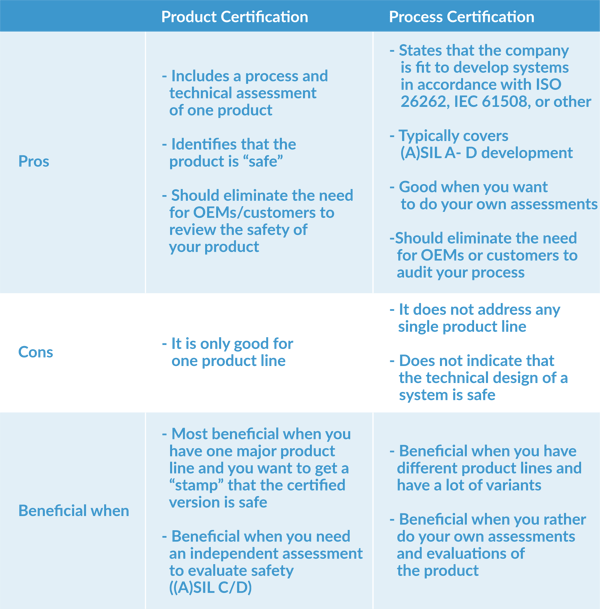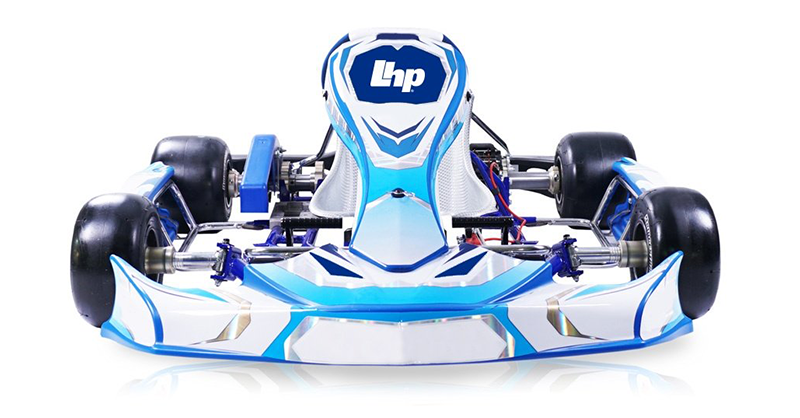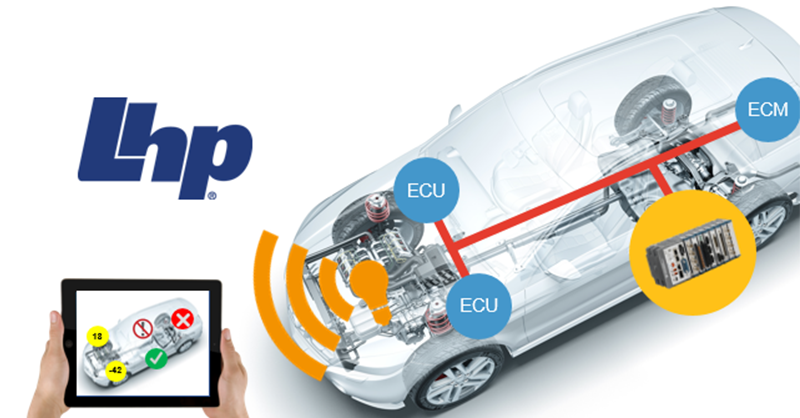Automotive Functional Safety and Cybersecurity Platform
LHP will be at the 2018 IoT Solutions World Congress Showcasing Embedded Cybersecurity On a Vehicle Platform
Unlock Engineering Insights: Explore Our Technical Articles Now!
Discover a Wealth of Knowledge – Browse Our eBooks, Whitepapers, and More!
Stay Informed and Inspired – View Our Webinars and Videos Today!
Exploring the future of software-defined vehicles through expert insights.
5 min read
 Steve Neemeh
:
Jul 9, 2020 1:38:50 PM
Steve Neemeh
:
Jul 9, 2020 1:38:50 PM

If you purchase prebuilt (Automotive) Safety Integrity Level – ISO 26262/IEC 61508 or other – packages, what kind of guarantees do you need from the vendor to ensure it is compliant in the larger sense?
This question assumes that as an OEM, you are purchasing subsystems from vendors that claim Automotive Safety Integrity Level (ASIL), A, B, C, or D per ISO 26262 or Safety Integrity Level (SIL) 1-4 per IE C 61508, or similar per other safety standards. The standard could be in any industry, automotive, or otherwise. The supplier’s intent in claiming a SIL is to sell their product into a safety-critical application rather than in the general commercial products. Therefore, they are claiming that they have taken steps to achieve that purpose. However, the exact steps a supplier takes define the credibility of that solution, and the steps an OEM takes to validate the overall implementation and the final system solution are key to the “guarantee” of that SIL. In order to understand this better, let’s use specific examples of hardware and a software solution.
The examples selected do not reflect recommendations for these specific vendors. The specific vendors offer “certified solutions” in the marketplace that are available for purchase today and are known across industries.
Common Application: High-Voltage Motor Controller for Automotive Electric Vehicle (EV) applications:
Texas Instruments (TI) Hercules Processor Definition of Prebuilt SIL Package
Both of the packages above have been certified as compliant to safety certification standards. The TI Hercules set offers the following information:
Industrial-Grade Version
Automotive-Grade Version
The general applications are identified, as well as the temperature range, the SIL certification, and major internal features (e.g., FlexRay, ethernet).
Furthermore, a specific certification section is provided with a list of documentation included. Deciphering this documentation is key to understanding the usage of the package.
These are the documents we can find to support the certification of this chip. Since TI is not an automotive OEM, they have made assumptions around the usage of their product (i.e., safety certification standards are written from the perspective of the vehicle). And then they seem to have followed a rigorous process to get certification of this chip with those given assumptions. On top of that, they provide some user tools that help meet some parts of the standards. From a technical standpoint, the user must be aware of those assumptions and utilize the product only in the intended methods described in the given list of documentation. Furthermore, the user must integrate all the tools into a full workflow that meets the entire intent of the safety standards.
In a motor controls application, a drive section and surrounding printed circuit board (PCB) circuitry must be designed around the TI Hercules chip to drive the motor. None of that is described or supported by the TI certification. The design of the circuitry and its associated safety certification is ultimately what the end user needs. Buying a certified chip is a good start but only a very small piece of the overall puzzle.
If you search online for a safety-certified real-time operating system (RTOS), you will find a few niche suppliers. For the purpose of this example, the Green Hills platform is being used. The Green Hills platform for industrial safety lists the following as main features.
Green Hills Safety-Certified RTOS Platform Definition of Prebuilt SIL Package
These features wrap around an integrity-certified kernel with platform components such as:
From a safety perspective, the kernel and the tools are pre-certified by TÜV NORD. That is a significant savings from both a software-safety standpoint (ISO 26262 Part 6) and a tool-qualification standpoint (ISO 26262 Part 8). What it does NOT offer is a complete solution to the safety certification problem. It offers a CAPABLE platform.
For motor controls applications, a commutation algorithm (switching) and controls application (e.g., traction) need to be built on top of the Green Hills platform. These tools need to be integrated into the developer’s workflow, with coverage for all aspects of safety certification (management, systems, hardware, software, config management, change management). The purchasers must also assess the cost of purchasing certified systems and the overhead in an RTOS relative to the work of custom targeted development. In smaller applications like motor controls, a simple deterministic scheduler is often preferable and more cost effective than a full-blown RTOS. However, that is a discussion for a future blog post, as it is a far more specific target-technical tradeoff discussion.
In summary, the purchase of a TI-certified processor and a Green Hill-certified kernel and toolchain is a good start towards safety certification of your product. Unfortunately, it does NOT relieve you as the user of the components from having to implement functional safety and assess the final application (i.e., ISO 26262 Parts 2-8). It does relieve you from having to audit these suppliers, as they have already received third-party certification. The real question becomes: Is it worth it to pay a premium for certified product, or should you develop the application with non-certified components and certify the final application? Both options are very possible, and the answer to that is very application specific.
Going back to the original question of what guarantees that you get a pre-certified package (or system) meeting the intent of functional safety, the answer is: You don’t get any guarantees! It is almost always a user-beware and a risk assessment process.
Most of this discussion has revolved around a tier I or tier II supplier buying certified components. In the case of an OEM buying a system, a different approach must be taken. A tier I or tier II supplier that claims safety certification (for a motor drive, for example) should be identified and managed within the supply chain of the OEM. Audits should be performed to ensure that the process was followed (and maintained!) and that the safety goals and mitigations were implemented. These audits become a price of entry with corrective actions for failures. These are no different than the manufacturing audits that are performed as a part of AS9100 or ISO 9001, with the exception that there is a much stronger engineering focus when safety in the design is being assessed.
An additional detail that needs to be understood is the difference between product certification and process certification. If a supplier is certifying their process, they are ensuring the company has the methods, tools, and training in place to develop safety-based products. Therefore, the guarantee is that the company operates per safety standards recommendations and NOT that the product in questions has gone through the rigorous efforts of certification. If they are certifying a product, they are stating that the product has met all the requirements of the SIL or ASIL, and therefore, is ready to be used in safety-based applications. There are many tradeoffs and reasons why to choose either option. They are summarized in the table below.


LHP will be at the 2018 IoT Solutions World Congress Showcasing Embedded Cybersecurity On a Vehicle Platform

The question: When looking at functional safety, what is the difference between being ISO 26262 compliant and being ISO 26262 certified?

Powered by: LHP Engineering Solutions, AASA Incorporated, National Instruments, and PTC LHP Engineering Solutions, an engineering services provider...